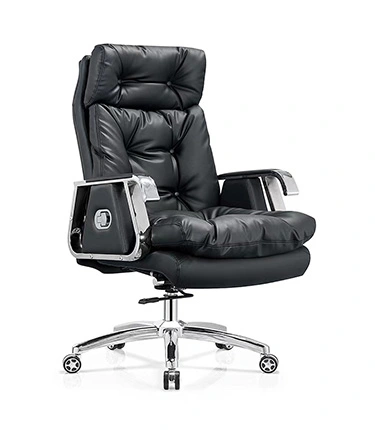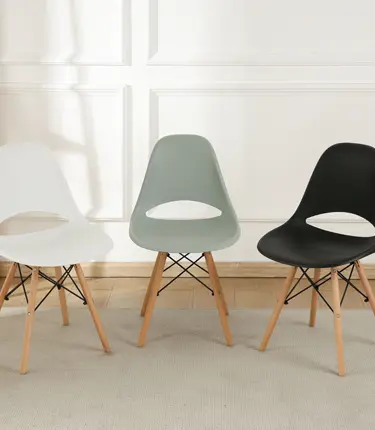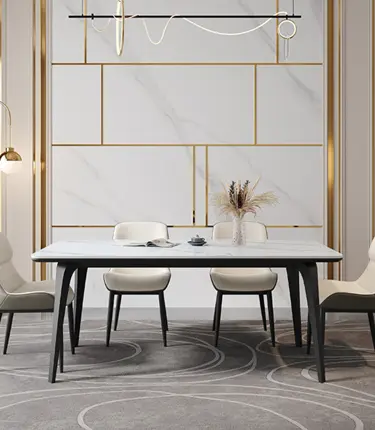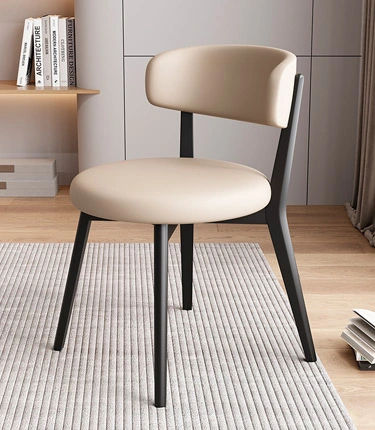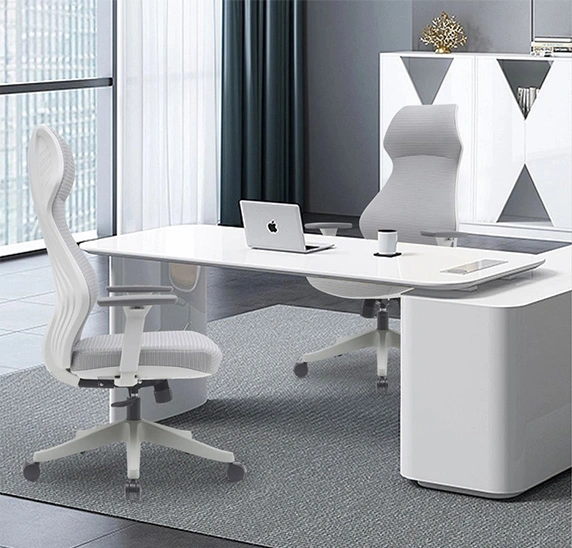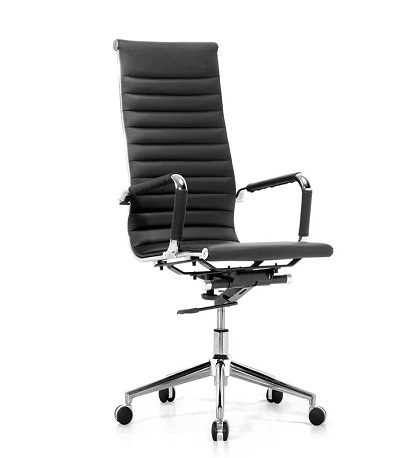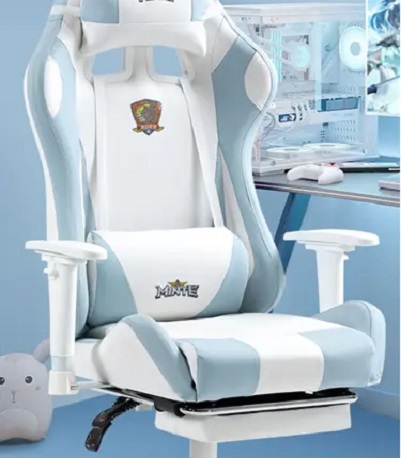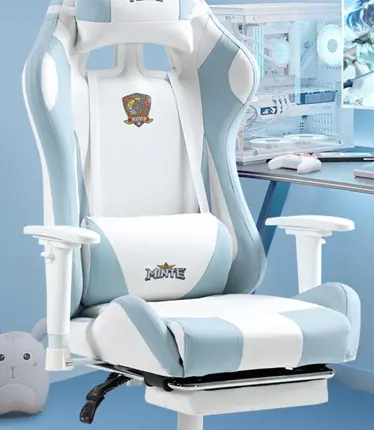Comfort should be the top priority when choosing a dining chair, as dining is more than just eating - it's often a time to relax, socialize, or even work or study. Ergonomics plays a vital role in ensuring that the chair provides proper support to help prevent discomfort or tension, especially during long meals.
An ergonomically designed dining chair should support the natural curve of your spine, especially the lower back (waist). A chair with a contoured or slightly curved back helps maintain good posture and reduces the risk of slouching and waist strain.
The depth and width of the seat also affect comfort. A seat that is too deep may put pressure on your knees, while a seat that is too shallow will not provide adequate support for your thighs. The ideal seat depth should allow you to sit comfortably while keeping your feet flat on the floor.
A high back provides better support for the entire back, while a low back may only support the lower back. A high back is especially beneficial for people who sit at the dinner table for long periods of time.
If space allows, a chair with armrests can provide additional support for your arms and shoulders, promoting a more relaxed sitting posture. However, if the armrests are too high or too low, they can push the shoulders into an unnatural position, which can cause discomfort.
Seat height is crucial to maintaining proper ergonomics. Ideally, the seat should be so high that your feet can be flat on the floor with your knees bent at about a 90-degree Angle. If the seat is too high or too low, over time it will lead to poor posture and discomfort.
Make sure there is enough space between the chair and the dining table to make the leg position comfortable. The typical gap between the seat and the bottom of the table should be around 10-12 inches so that your legs can move easily.

